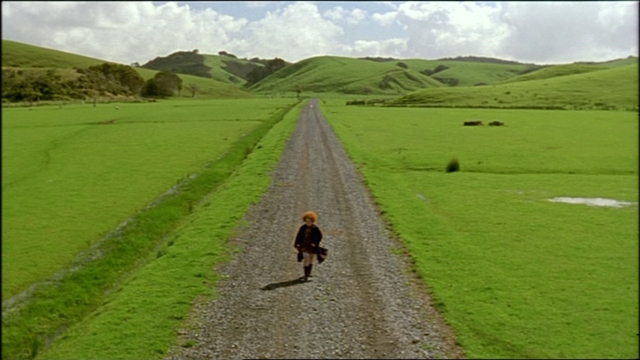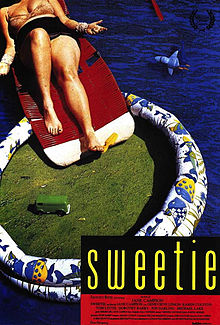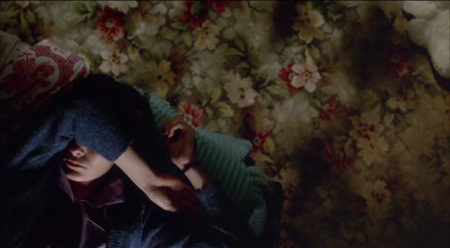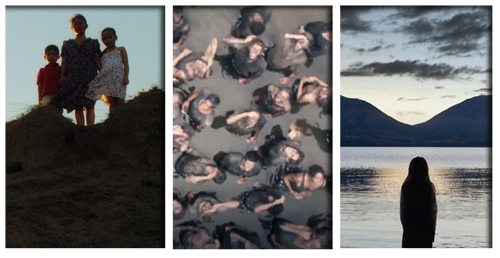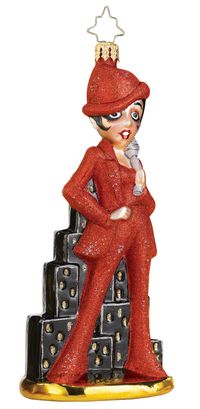Women's Pictures - Jane Campion's The Piano
 Thursday, April 16, 2015 at 7:00PM
Thursday, April 16, 2015 at 7:00PM  The Piano contains many stories. It is a love story between two outsiders: a mute woman, and an uneducated man. It is an allegory about oppression: a white landowner in New Zealand treats his wife and the Maori people like children or property. It is a study of conflicted characters: a repressed, oppressive landowner; his passionate, mute wife; the lower class man who falls in love with her; and her wild, intelligent daughter. It is a warning about the hazards of refusing to listen: a failed marriage, a soured initial seduction, and the climax of the film are all spurred by lacking communication. The Piano also has its roots in the fairy tale “Bluebeard;” a sinister story about a newlywed who discovers that her husband murders his wives. But as we’ve seen, Jane Campion doesn’t do easy fairy tale morality.
The Piano contains many stories. It is a love story between two outsiders: a mute woman, and an uneducated man. It is an allegory about oppression: a white landowner in New Zealand treats his wife and the Maori people like children or property. It is a study of conflicted characters: a repressed, oppressive landowner; his passionate, mute wife; the lower class man who falls in love with her; and her wild, intelligent daughter. It is a warning about the hazards of refusing to listen: a failed marriage, a soured initial seduction, and the climax of the film are all spurred by lacking communication. The Piano also has its roots in the fairy tale “Bluebeard;” a sinister story about a newlywed who discovers that her husband murders his wives. But as we’ve seen, Jane Campion doesn’t do easy fairy tale morality.
Campion’s story opens with the only words we will hear its main character speak:
The voice you hear is not my speaking voice - but my mind's voice. I have not spoken since I was six years old. No one knows why - not even me...
Ada (Holly Hunter) is a mute Scottish woman shipped to Victorian New Zealand to marry a stranger, Alisdair (Sam Neill). Ada carries with her the two possessions that make up her voice: her headstrong daughter (Anna Paquin), and her piano. Alisdair leaves the piano, to Ada’s dismay, but a former whaler named George (Harvey Keitel) senses the piano’s importance, and shelters it in his house. He uses it to start an affair with Ada. Considering that this is a story set in the Victorian era, it is a welcome surprise that Campion refuses to make Ada a victim of anything (except maybe circumstance). But that initial image, the piano on the beach, lingers. The incongruous image of a piano on a beach sets the theme for the film - melancholy, and tinged with magical realism.




